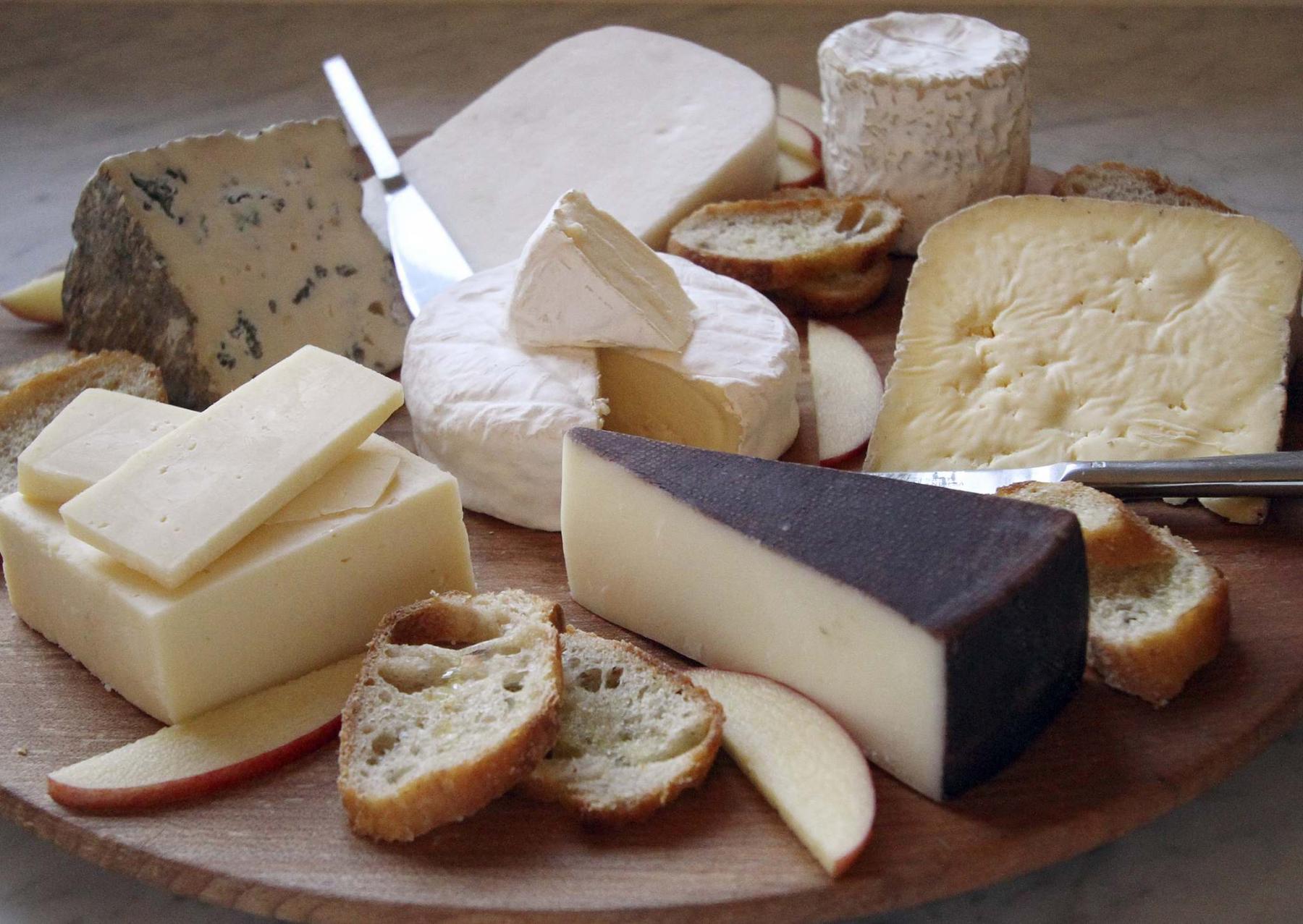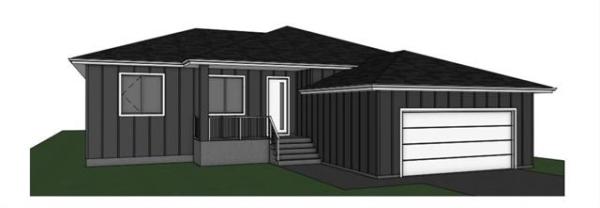Question: Help! While baking a raisin pie, some of the filling spilled onto the bottom of the oven. It baked to a fairly large and solid spot. I tried everything to clean it, but some of it still remains. This is a new, self-cleaning oven, but the feature would not remove this baked-on spill. What would you suggest? Many thanks, Aurise
Answer: Ah— my father-in law’s favourite dessert. While the following isn’t an instant solution it is effective at cleaning without damaging the porcelain finish of your oven. In a cool oven, lay a hot, wet rag on the oven floor, leave for 20 to 30 minutes. Use a little liquid dish soap to lubricate the area and scrape the oven with a plastic scrub pad, plastic scraper, or even a credit card. The food will eventually burn off over time.
Question: If a piece of cheese has mould growing on it, should I toss it in the garbage? Can you please tell me if cheese is made from mould? Thanks, Sarah
Answer: According to The Mayo Clinic soft cheeses, such as cottage cheese, cream cheese and ricotta cheese with mould should be discarded. The same goes for any kind of cheese that’s shredded, crumbled or sliced. However, mould generally can’t penetrate far into hard and semisoft cheeses, such as cheddar, colby, parmesan and Swiss. You can cut away the mouldy part and eat the rest of the cheese. Cut off at least one-inch around the mouldy spot. Be sure to keep the knife out of the mould, so it doesn’t contaminate other parts of the cheese.
Not all moulds pose a risk. In fact, some types of mould are used to make cheeses, such as brie and camembert. These moulds are safe to eat.
If you’re not sure what type of cheese you have or what to do if it grows mould, the safe course is to discard it.
In general, cheese is not made from mould and just like yogurt, starter cultures or good bacteria are added to start the cheese making process.
Cheese, please!
• Certain cheese varieties are aged in a climate control room for 10 years or more.
• It takes about 10 pounds of milk to make one pound of cheese.
• Cheese is rich in calcium and puts healthy minerals back in your teeth.
Vacuuming tips that don’t suck
• The following is a list of areas that many people neglect to vacuum regularly: inside drawers, blinds and curtains, ceiling fans, brooms, under furniture, mattresses and furniture cushions, accent cushions, computer keyboards, clocks and windowsills.
• Vacuuming in all directions helps lift carpet fibres and increases the amount of dirt and dust sucked up by vacuums.
• Dust before you vacuum. This reduces the amount of dust that flows into the air and lands on the floor.
• Empty your vacuum canister regularly. Waiting until the canister is almost full reduces suction from the vacuum, resulting in a less effective clean.
• Sprinkle the carpet with a light drizzle of baking soda to help absorb odours.
Note: Every user assumes all risks of injury or damage resulting from the implementation of any suggestions in this column. Test all products on an inconspicuous area first.
Reena Nerbas is a popular motivational presenter for large and small groups, check out her website at reena.ca.
info@reena.ca




